The world’s best MGB may not be quite as good as the world’s most average Porsche 911 GT3 with which it shares its £135,000 base price, give or take, but it’s still pretty darn interesting. Especially if you’re tired of Porsches and the whole Porsche scene, a subset of enthusiasts that is a key customer source for Frontline Cars, the British outfit that injects new technology and verve into the poster child of English classics.
Operating just a stone’s throw from the Abingdon-on-Thames site of the original Morris Garages factory near Oxford, Frontline builds a sort of super MGB with huge upgrades to both the performance and luxury of the cheap and cheerful original. You might think of it as a Singer-ised MGB, referring to the California company that totally transforms old 911s into megabuck restorods, but Frontline doesn’t go quite that far with the old crates from Abingdon.

Basically, says company founder Tim Fenna, the cars incorporate everything he’s learnt about MGs since he began racing them in the 1980s and breaking their gearboxes. He wasn’t the only one destroying them, and what started in 1991 as a small business filling orders for five-speed transmission kits for Sprites and Midgets has evolved into a firm of 18 people who make kits for people wanting to improve their MGs and who also sink 2,500 to 3,000 hours into building fully realised and bespoke MGB restomods for cashed up clients who want something just a little different.
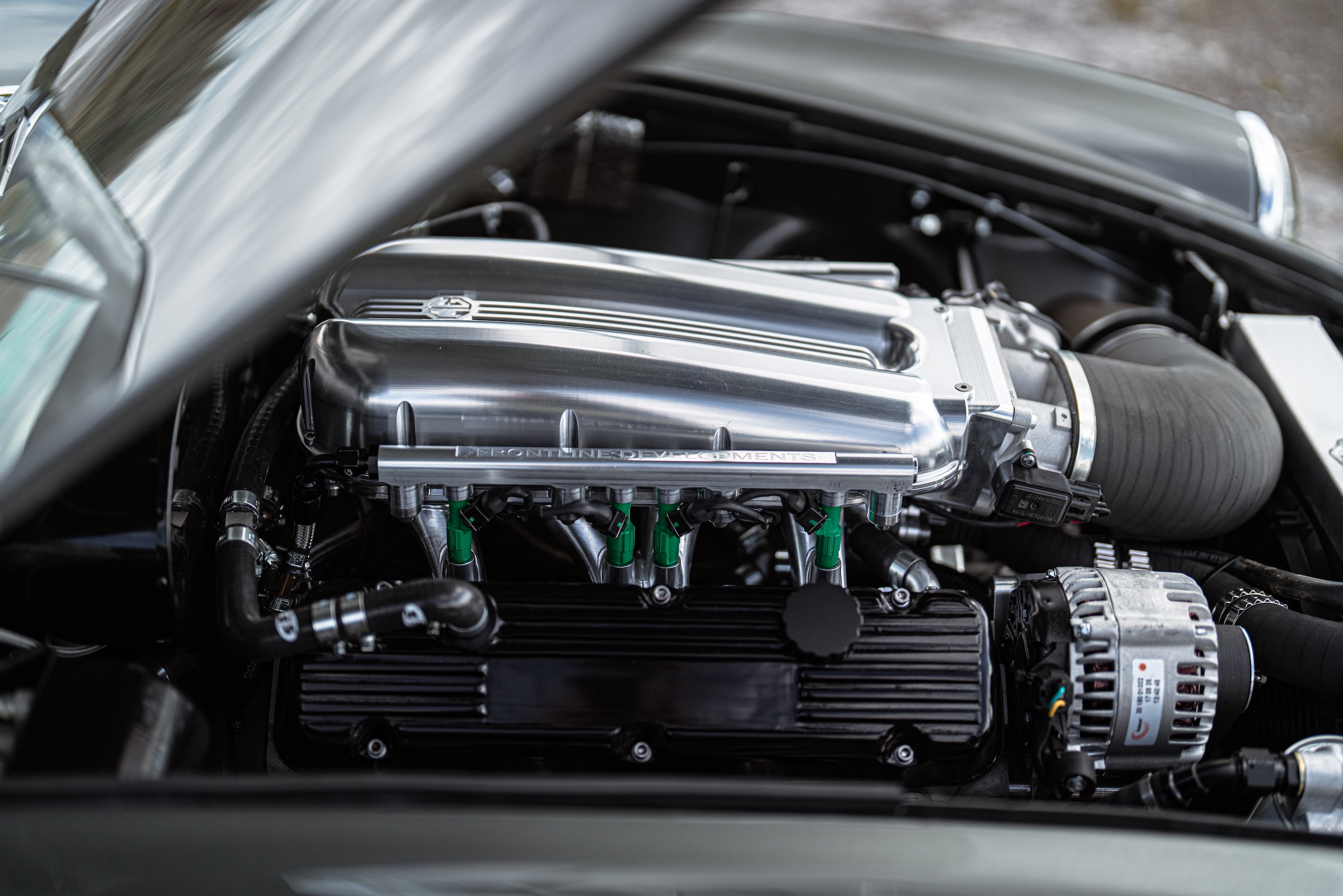
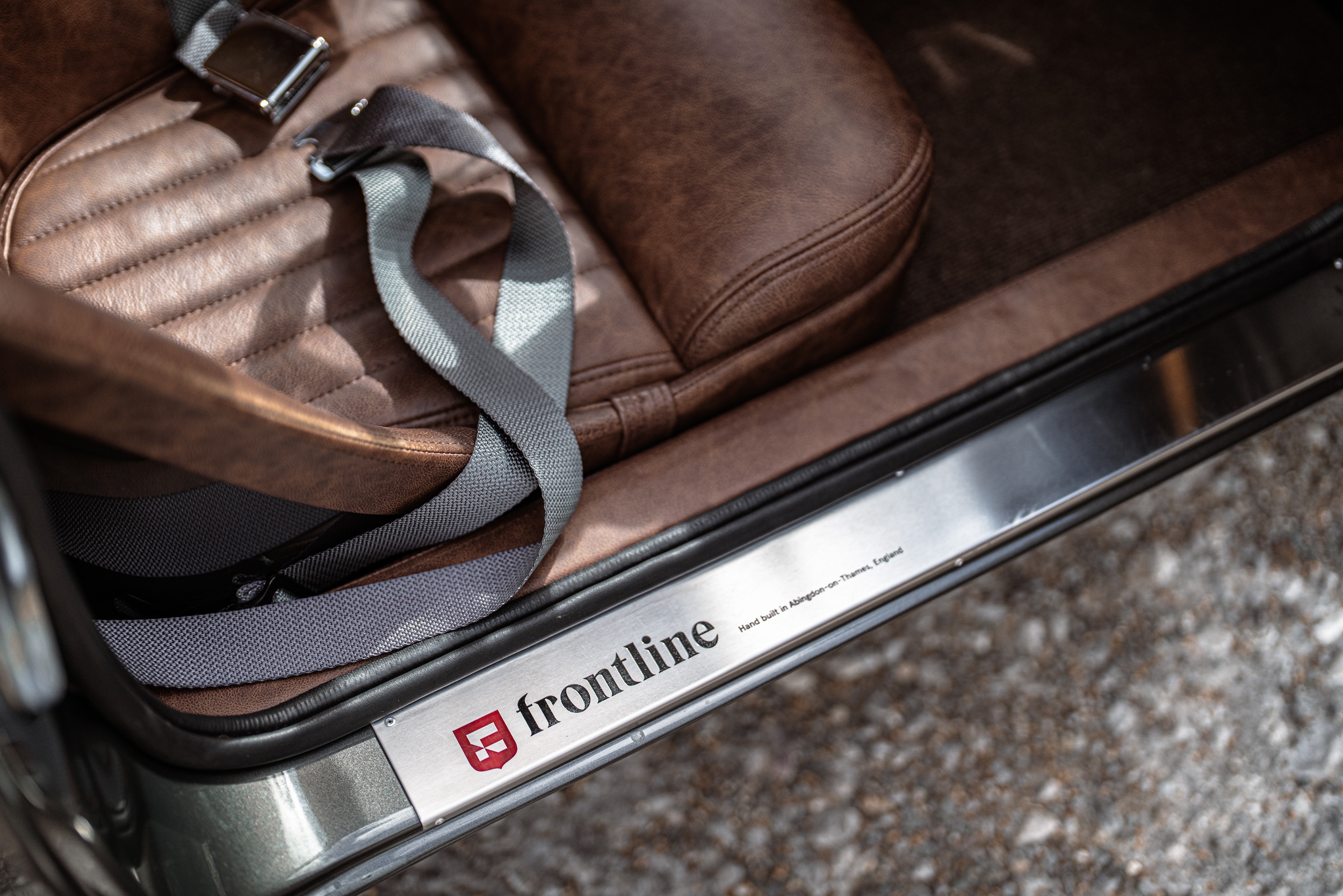
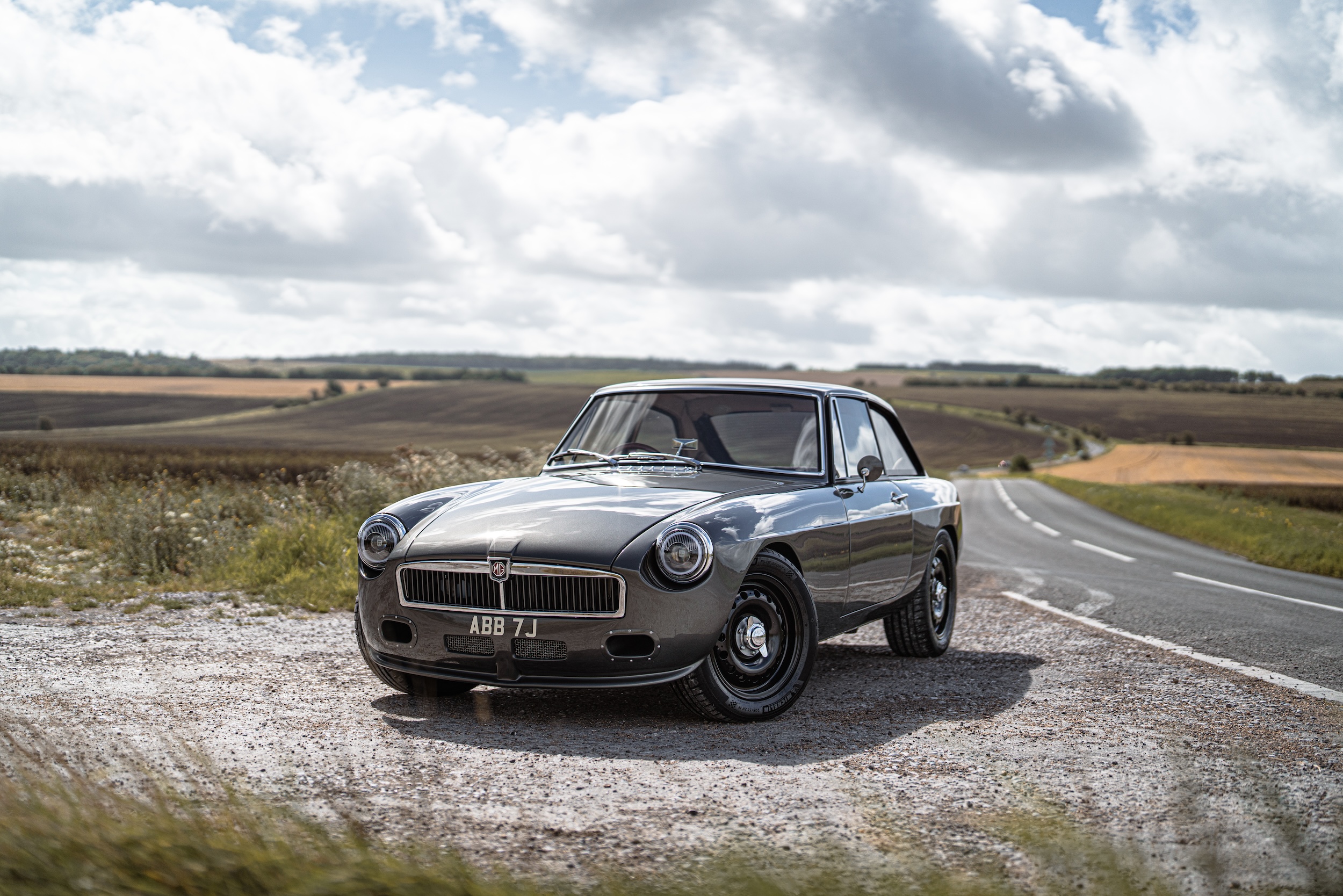
In August, the company brought two cars to Monterey Car Week that we were able to sample, including a four-cylinder Bespoke Edition roadster with the aforementioned £135,000 price, and a new V8-powered MGB GT called the LE60 that runs £176,000. Both were hugely entertaining to drive though we admit to being partial to the Bespoke Edition, partly because it seemed to hew more closely to what the MGB was originally about.
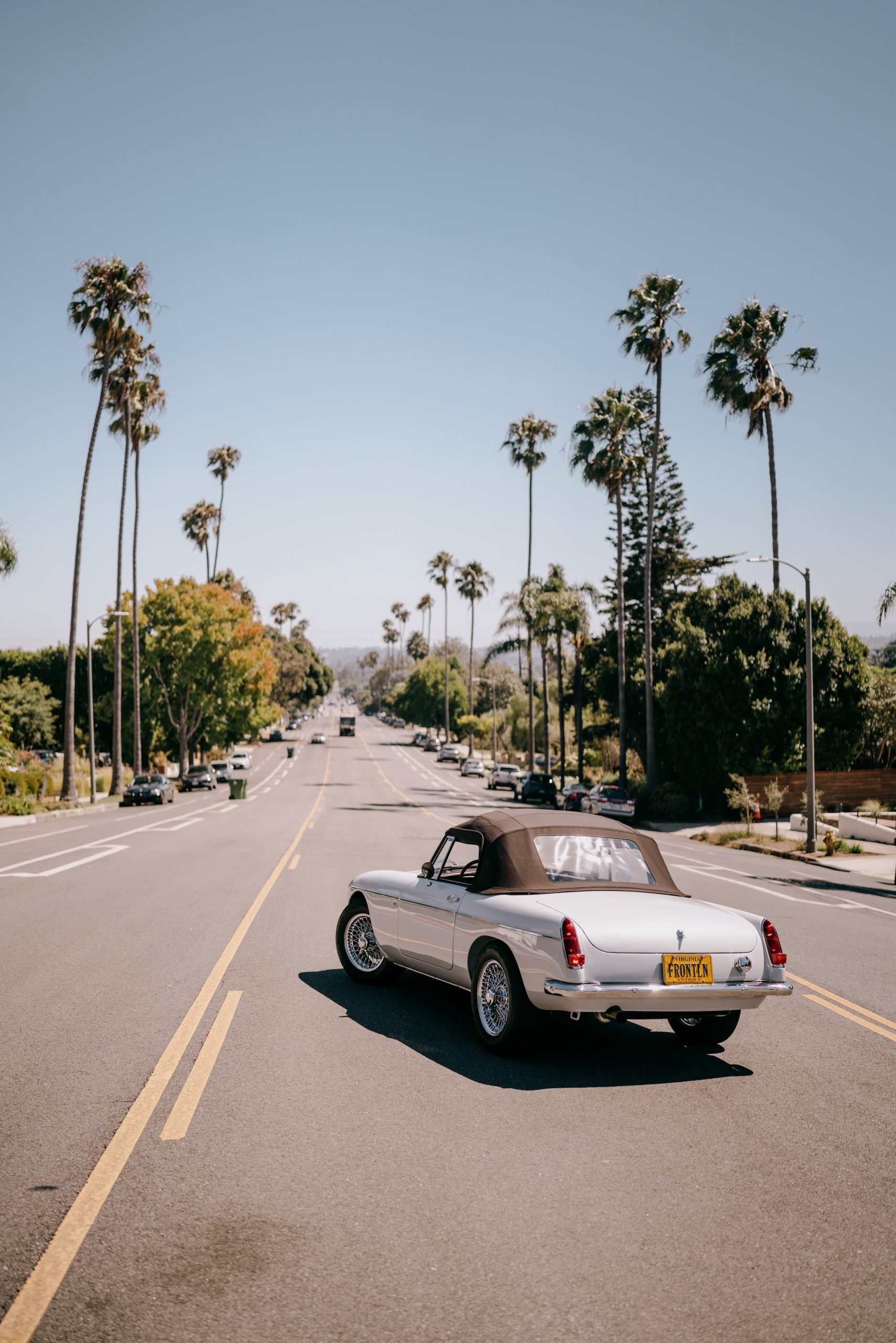
To build a Bespoke, Frontline starts with a new reproduction MGB roadster body shell produced by British Motor Heritage. It then goes to town with the seam welder, welding up sheet metal joints to make the shell extremely stiff. Fenna says the inspiration is the ultra-stiff bodies used back in the day by MG’s factory race cars. The door, bonnet, and boot gaps are tightened up, and other hand finishing takes place to ensure a perfect paint job.
Under the hood slips a 2.0-litre Mazda MX-5 powertrain heavily worked with Frontline’s own ECU, higher-lift cams, a ported and polished head, and a proprietary intake which has individual throttle bodies for each cylinder. The intake manifold takes a week to machine on a CNC mill. The result is a claimed 44bhp jump from the stock 181-horse MX-5 and an increase in torque of 46lbft, plus a redline increase to 7,500rpm. Frontline also offers a 290bhp “circuit” version with a bored and stroked 2.5-litre that costs, uh, a lot more.
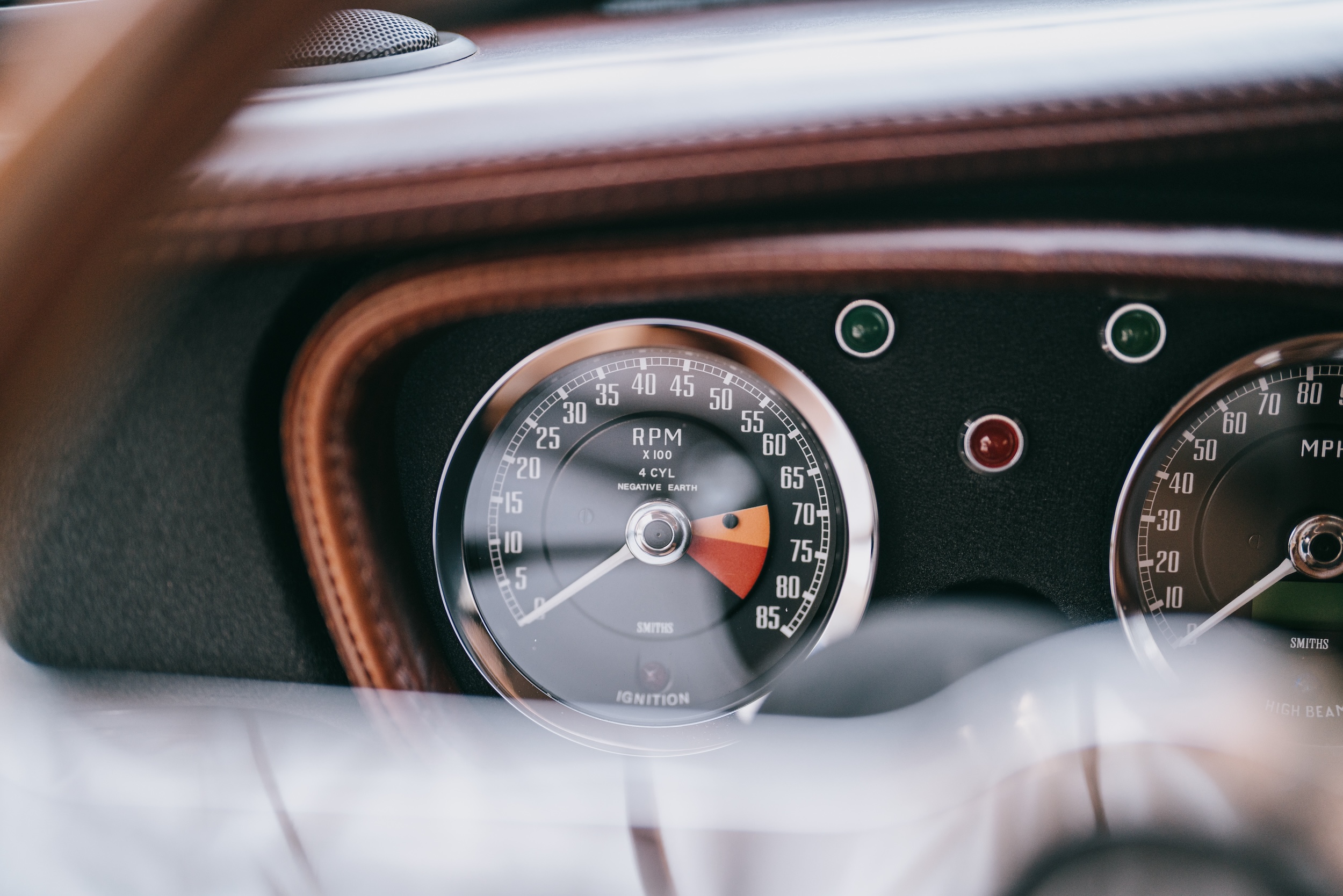
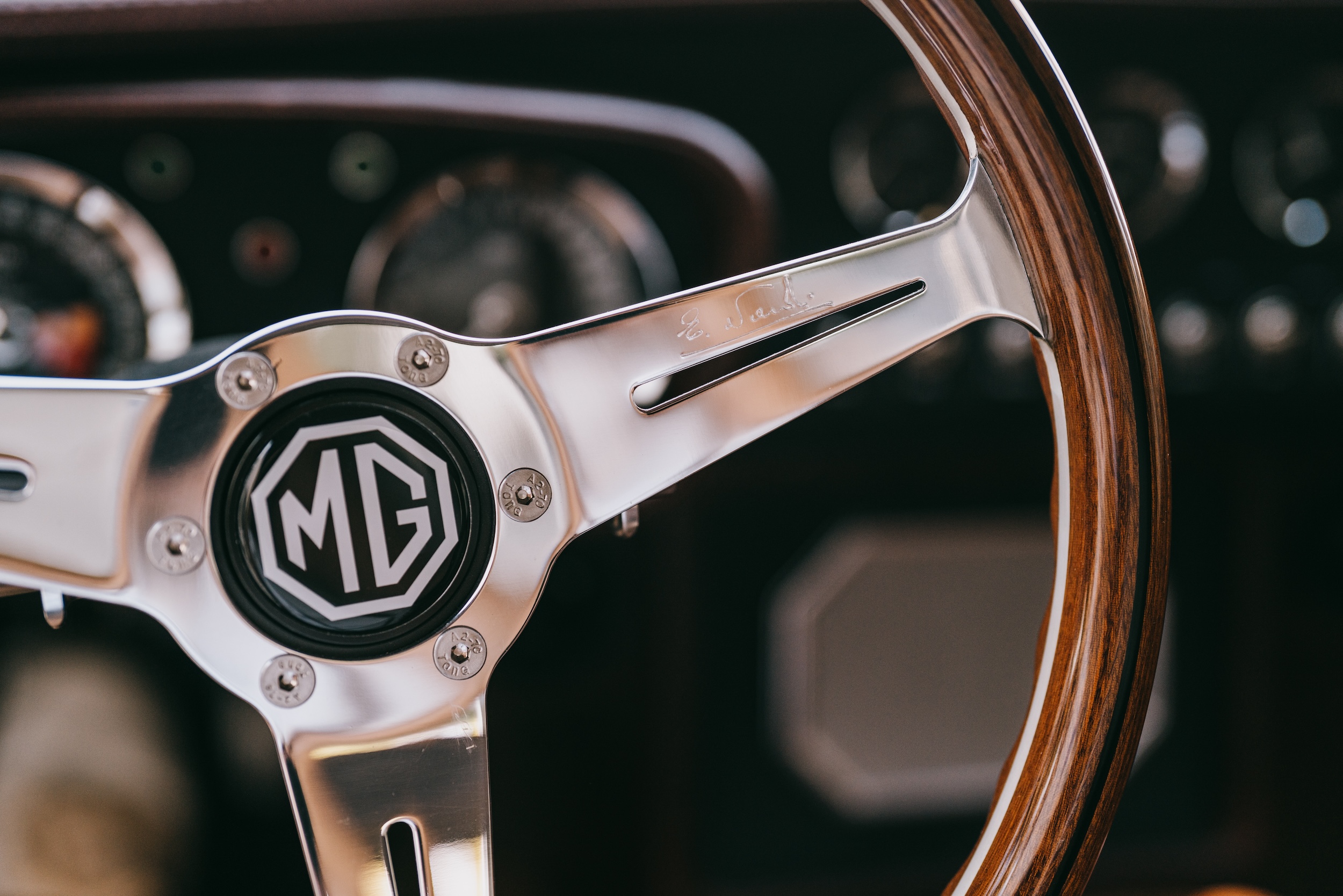
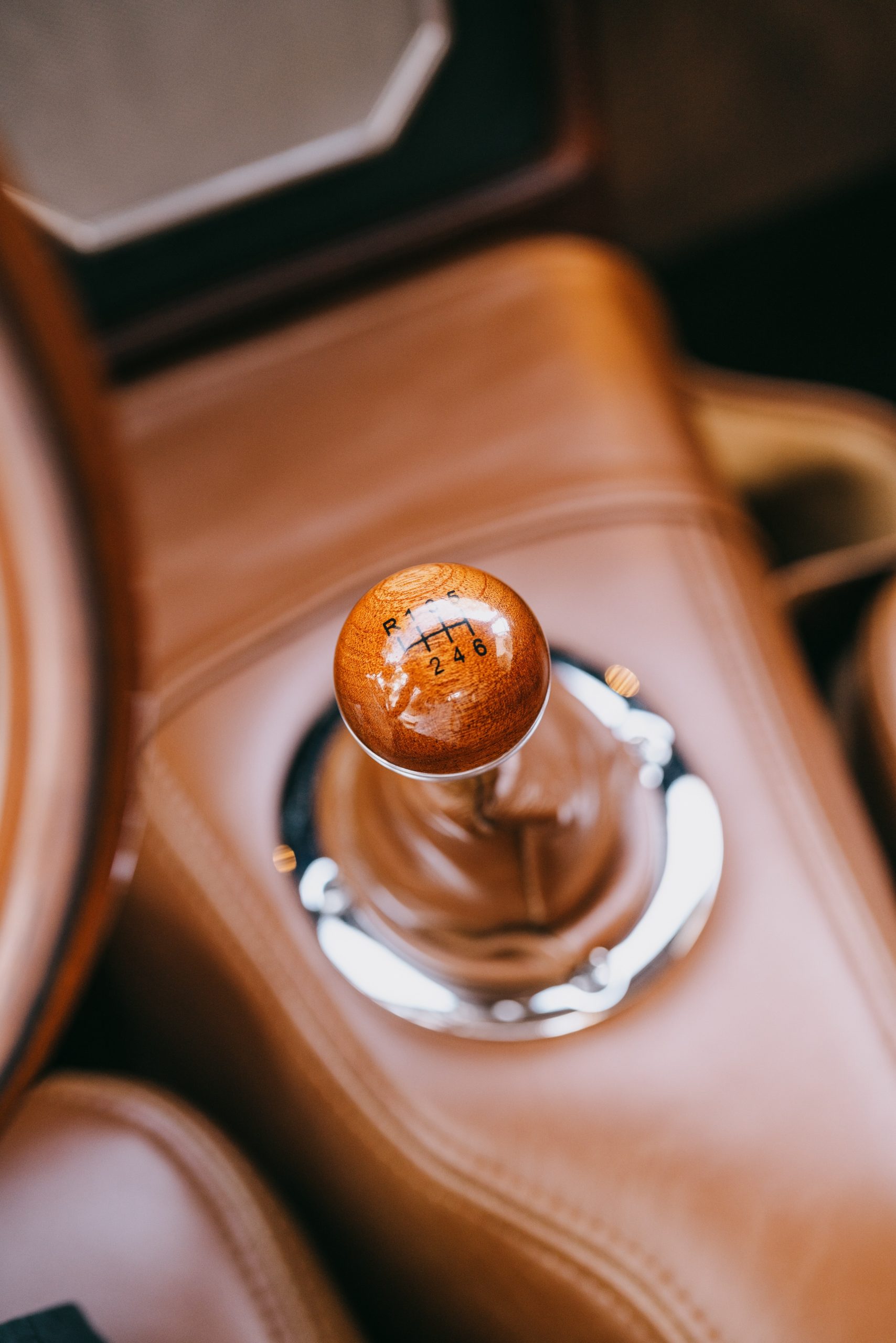
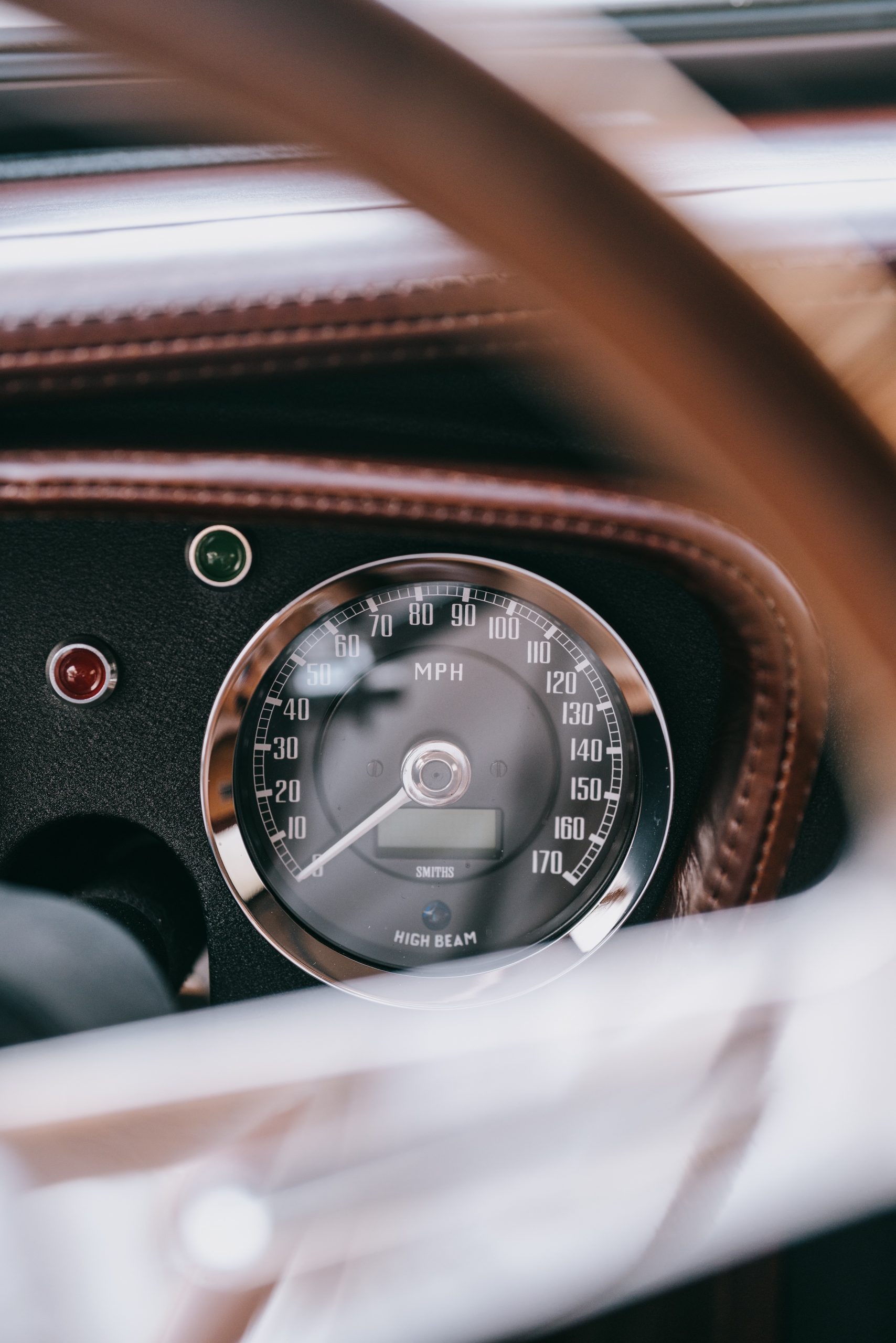
What you hear and feel in the Bespoke is something less Japanese and distinctly more Italian, with a throaty note that rises in pitch as the tach needle swiftly swings around. The six-speed shifts as if lubricated with Kerrygold and the clutch take-up is equally liquid. If MG had had this powertrain in 1965, it would have ruled the world, on track and off.
Underneath, Frontline works the brakes and suspension with discs all round and coilover shocks front and rear. The revised rear-axle setup harkens back to MG’s racing days in the ’60s, when the company built five prototypes with an experimental five-link rear suspension. Basically, it replaces the stock leaf springs with coilovers that attach to new subframe elements, four trailing links, and a Panhard rod to stop side-to-side axle motion. The MGB “is such a pretty car,” says Fenna, “but it was done in by its dynamics.” All the welding, chassis, and brake work is intended to fix that.
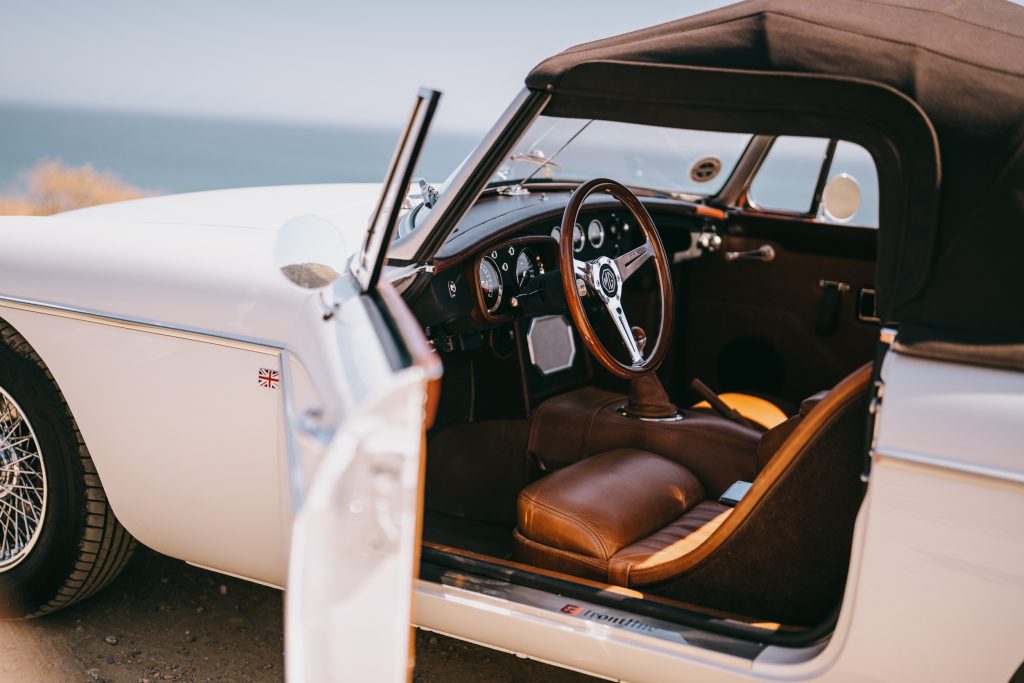
Cars of the period tended to have rather simple and unsupportive seats, so inside are handmade buckets tailored to the customer’s specs. Frontline rolls and beads the sheet-aluminium frames and swaddles them in hide (or whatever you choose as an alternate), all in-house. Power windows and a high-end Morel audio system complement the package.
In a few heated runs over Laureles Grade, which ironically is the only decent driving road anywhere near the events of Monterey Car Week, the Bespoke proved an absolute joy, attacking corners with tight steering and disciplined body control but enough compliance that it absorbs the bumps without upsetting the car. The engine has torque aplenty and pulls hard to the redline with a lovely burr not found in any MX-5. The seats are comfortable and the car presents as an uber-cool daily driver that would attract way more attention from all the right people than any modern car at the price. Then again, it doesn’t have backup cameras, lane-keeping warnings, or airbags, if that’s a concern.
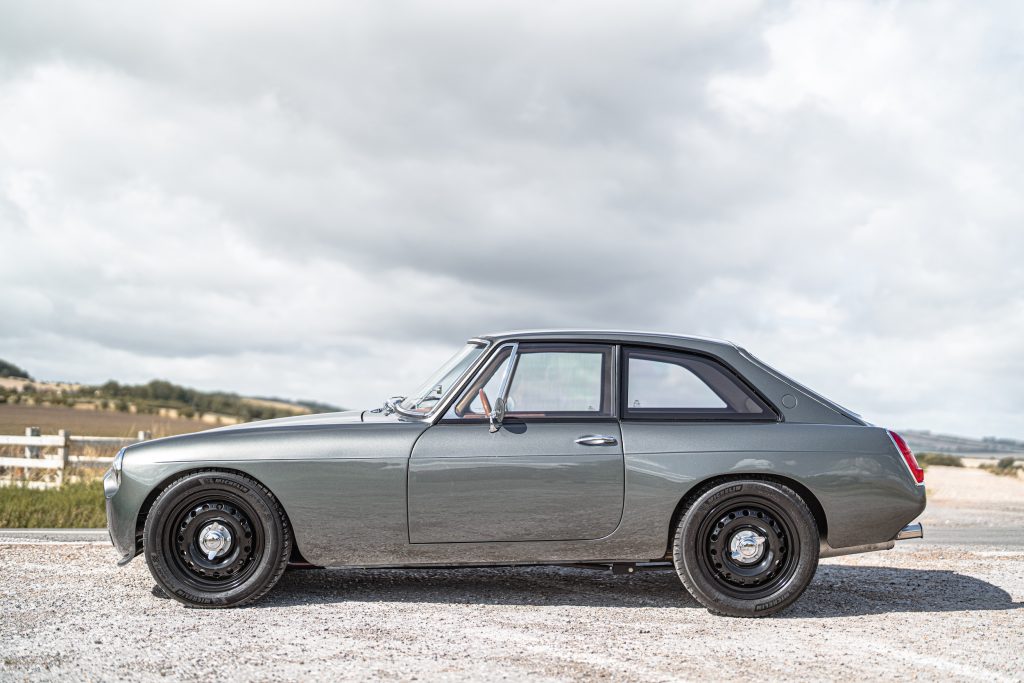
We then switched to the V8-powered LE60 Factory Edition, a car that Fenna acknowledges is still a work in progress. The MGB GT body shell, the only option for the 30 cars planned, is stuffed with a 4.8-litre Rover/Buick V8 making 375 horses and 312 pound-feet of torque. Fenna says the engine actually slips in pretty easily, as the MGB was designed from the outset for a vee-style engine. Getting at those rear spark plugs, however . . .
Frontline makes its own cylinder heads and induction system for this old warhorse of a motor, and a five-speed Tremec routes power to a Quaife limited-slip diff. The fully adjustable Nitron shocks are similar to those that are factory fitted to certain Porsche and Lotus models. Six-piston front callipers turn speed into heat, and 16-inch Dunlop-style alloys with knockoff spinners complete the vintage look. Four inches wider than the original B GT, the car weighs a stated 2500 pounds and feels it, launching hard under throttle.
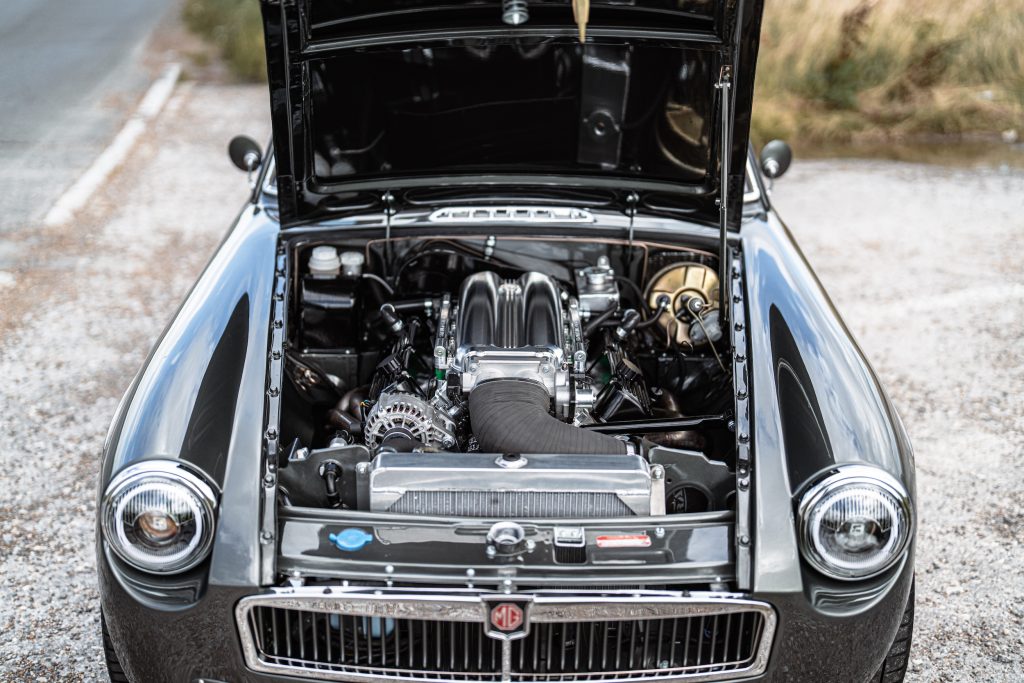
All the brute, ear-pinning power of the LE60 means some of the subtlety of the Bespoke is lost; the Tremec takes a firmer grip, the steering is heavier and less stiletto-like, and the car is screwed down tighter, meaning it lands harder over bumps. Still, it rages in a way that no MGB – even the few MGB GTs produced with factory V8s – was ever capable of. As a track machine, the LE60 would be a barrel of angry monkeys, especially once Fenna and his crew finish fine-tuning the steering and damper rates. As a daily driver, it would appeal to someone who might otherwise daily something like a Cobra replica.
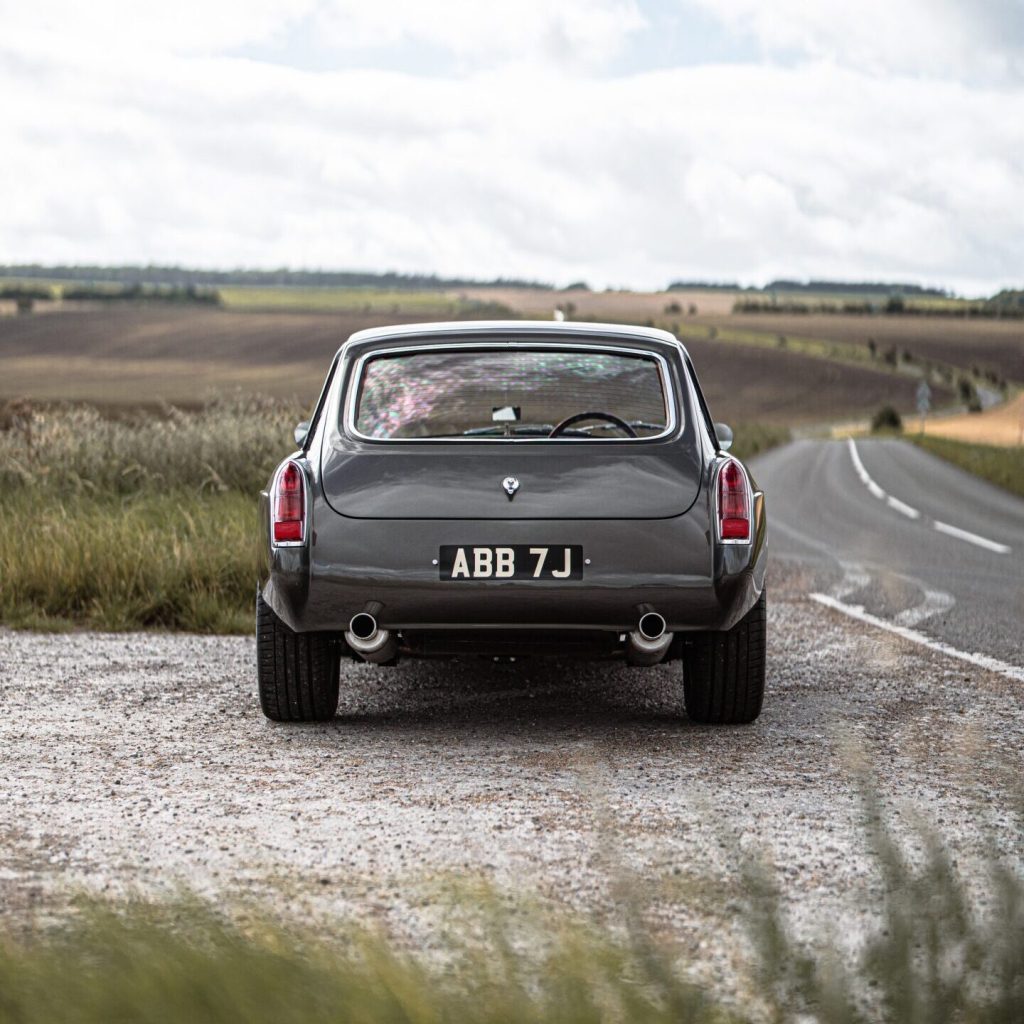
Fenna says the company has a two-year waiting list, though bits of pieces of the cars are sold separately as kits. However, none of the powertrain equipment is sold separately, mainly because the company thinks it might be dangerous if people bolt Frontline’s 225bhp(or 375bhp) engines into raggedy old MGs with rusty leaf springs. And unlike with old Porsches, there are still a lot of old MGs out there available for lunch money. Thank heavens.
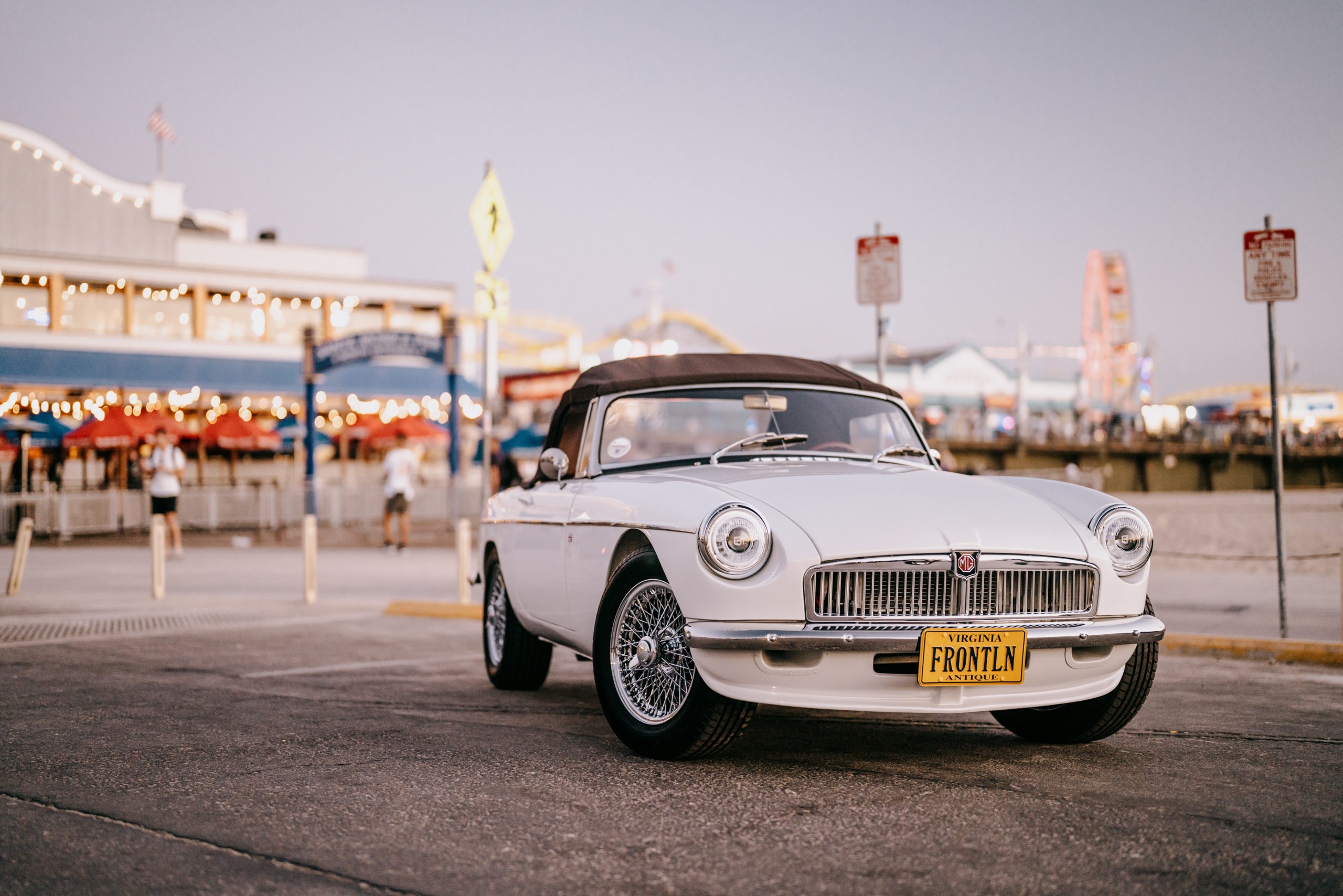

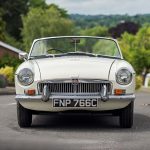

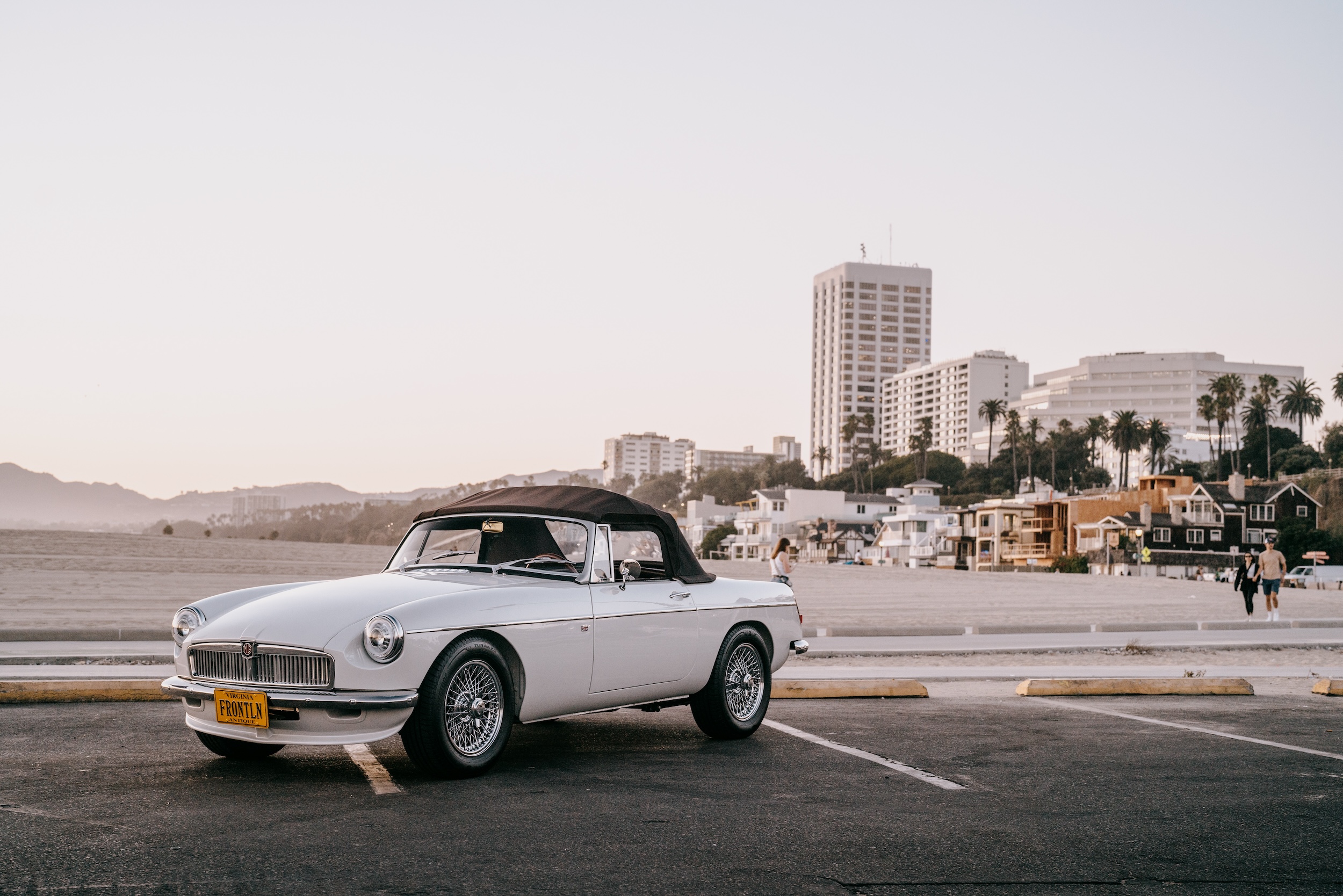
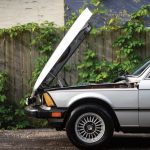


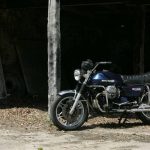

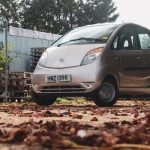
Great, keep it up👍😉
Awesome! Just to see the ol’ ‘Leland’ back! Well, Ok, Leland or British Motor Corp ,does not make them any longer.. I had a White MG Midget 1964,my first at 16 and a Red 1971 MGB at 21 in college. Big sister had a 1965 British Racing Green. We were all British car lovers then!
God, would I love to get my hands on the MGB w/ the 2.0 Mazda! Feel like 21 again? Dag gum for sure!